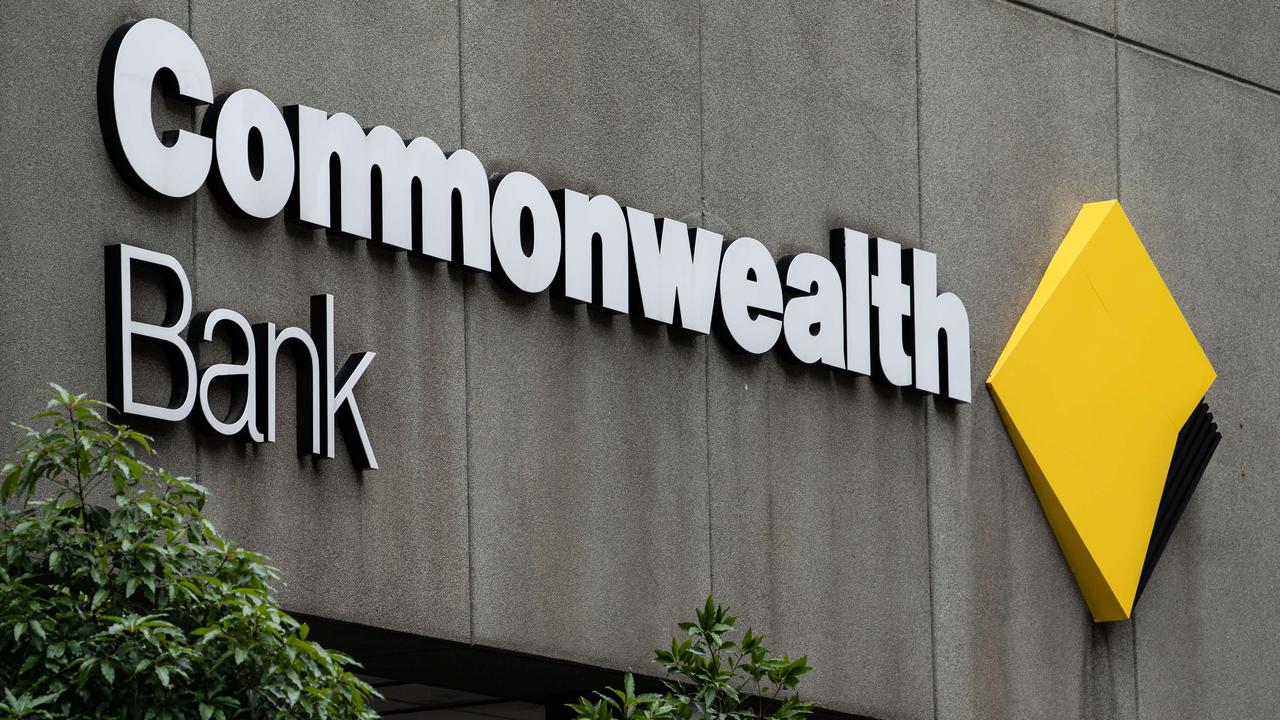Treasurer Jim Chalmers prepares for Wednesday’s ‘make-or-break’ inflation print ahead of RBA rate decision
More pain could be on the way for mortgage holders and the Albanese government, with an all-important data release tipped to show ‘persistent inflation’ in the economy.
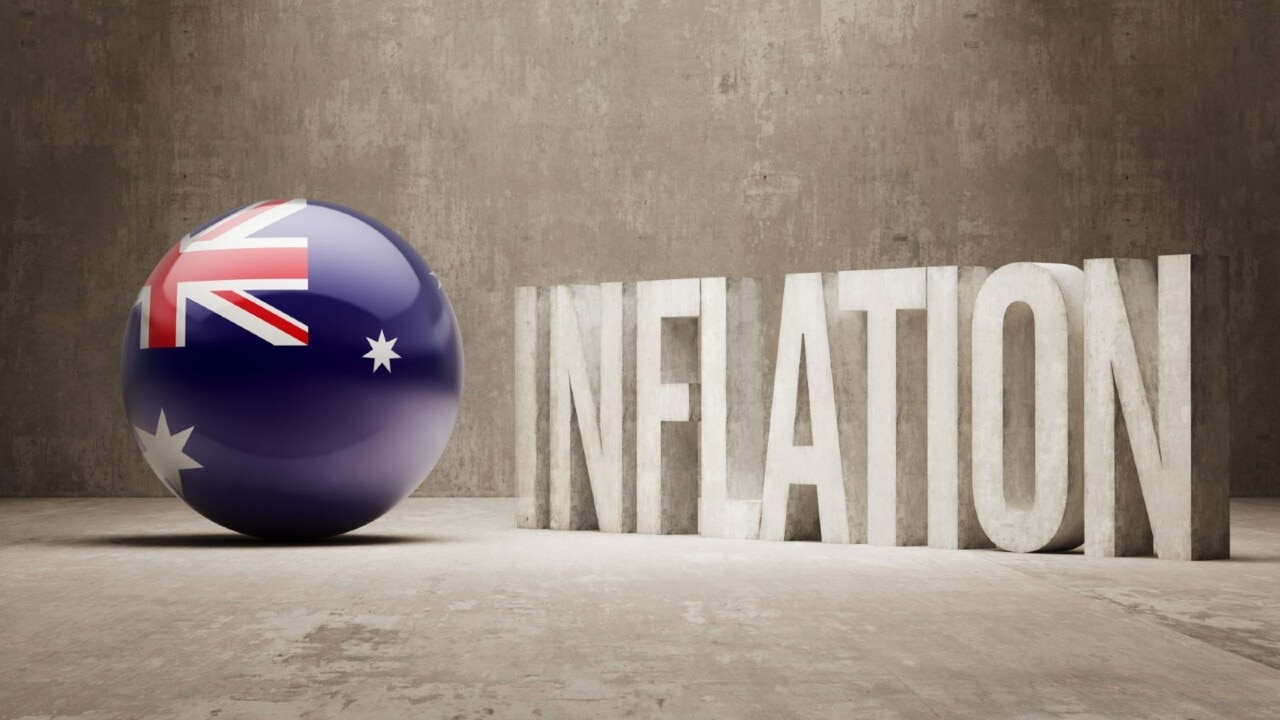
Interest Rates
Don't miss out on the headlines from Interest Rates. Followed categories will be added to My News.
Aussie homeowners could soon be hit with more mortgage pain after this week’s all-important inflation reading, with Treasurer Jim Chalmers warning Wednesday’s figures would likely show “persistent” price pressures in the economy.
Speaking with Sky’s Weekend Business on Sunday, Mr Chalmers said while inflation had come off “quite substantially” from the peaks of 2022, he expected the June quarter consumer price index to show sticky inflation continues to roll through the economy.
“Inflation doesn’t moderate in a straight line,” he said.
“It zigs and zags a bit.”
The treasurer added he was “confident” prices would continue to “moderate” after Wednesday’s reading and come down over time.
Fears of another rate hike and the negative flow-on effect on economic activity have escalated following a hotter-than-expected CPI print on June 26.
The ABS reported monthly CPI had jumped to 4 per cent in the year to May, up from 3.6 per cent in April.
Economists had expected a more modest increase of 3.8 per cent.
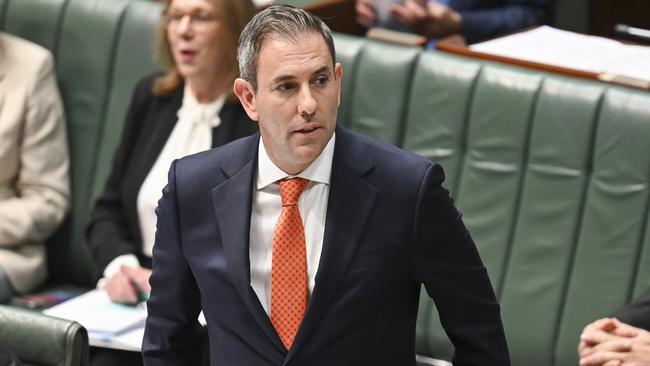
Some economists have predicted the Reserve Bank of Australia will hike its cash rate again if Wednesday’s CPI shows persistent inflation.
The RBA’s cash rate serves as a benchmark for interest rates across the economy, with banks generally quick to pass on rate hikes to mortgage holders. That would reduce the spending power of millions of Australians as they divert more of their incomes to servicing a larger debt load.
Deloitte warned last week another rate hike could be the “straw on the camel’s back” given pre-existing weaknesses in the economy.
“Consumer and business confidence remains at rock bottom, household budgets have been decimated by broad cost of living pressures, and insolvencies have surged,” the consultant’s latest Business Outlook reads.
“In that environment, Australians and Australian businesses were looking forward to July 1 as the trigger for tax cuts and other relief.
“To have the RBA Board snatch that relief away just as it arrived would be a mighty blow.”
In its “Week Ahead” report, the Commonwealth Bank said the “balance of probabilities” would shift to another interest rate increase if inflation rose 1.1 per cent or more for the quarter.
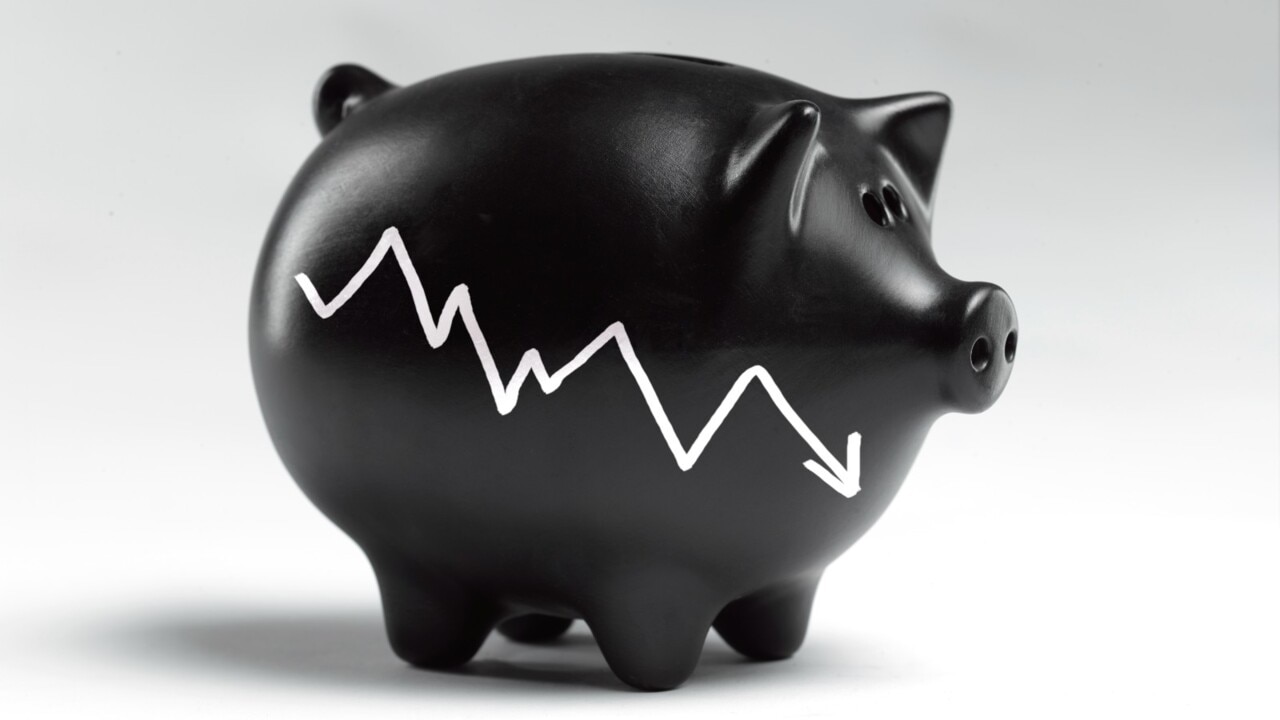
“In our view, the prospect of a hike in August hinges on the RBA’s preferred measure of underlying inflation, the trimmed mean,” the bank said.
“Our forecast for next week is for trimmed mean inflation to increase by 0.9 per cent/quarter and 3.9 per cent/year.
“In our view this would give the RBA enough breathing room to leave rates on hold, despite it being marginally above their implied forecast of 0.8 per cent/quarter.
“We see a print of 1 per cent/quarter to be in the ‘grey zone’ where they could hold or could hike depending on the component details.
“A print of 1.1 per cent/quarter or above would test the Board’s resolve and shift the balance of probabilities to an interest-rate increase.”
Mr Chalmers spruiked the government’s moves to drive down inflation, referencing his two budget surpluses and spending discipline.
He also said he expected the “big drivers” of Wednesday’s reading to include, insurance, rent and petrol prices.
“None of those factors are about government spending,” he said.
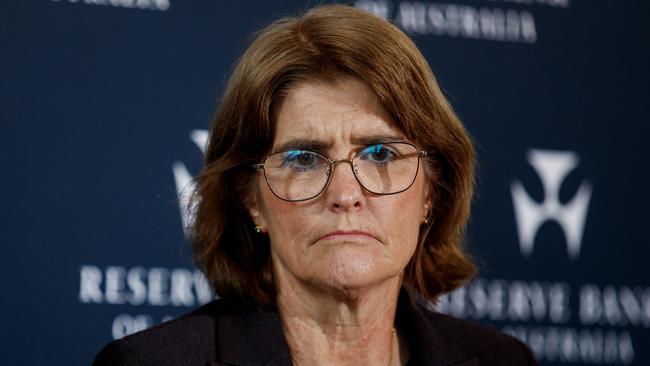
While Australia is verging on a rate hike, other world economies are moving toward rate cuts as inflation cools following the Covid and Ukraine war shocks.
The Bank of Canada cut rates this week and the US Federal Reserve is expected to cut rates in September.
The RBA board will next meet on August 5 and 6, where they will decide on any change to the cash rate.
Wednesday’s inflation print could also impact the outcome of the upcoming federal election.
A new RedBridge poll shows the Coalition has pulled ahead of the government on a two-party preferred basis.
Peter Dutton’s LNP now leads Labor 51.5 per cent to 48.5 per cent.
In April, the same polling company showed the government was ahead on 52 per cent to 48 per cent.
The shift has come from low and middle income voters moving to the Coalition camp in response to the country’s rolling cost-of-living crisis, the company said.
Originally published as Treasurer Jim Chalmers prepares for Wednesday’s ‘make-or-break’ inflation print ahead of RBA rate decision


